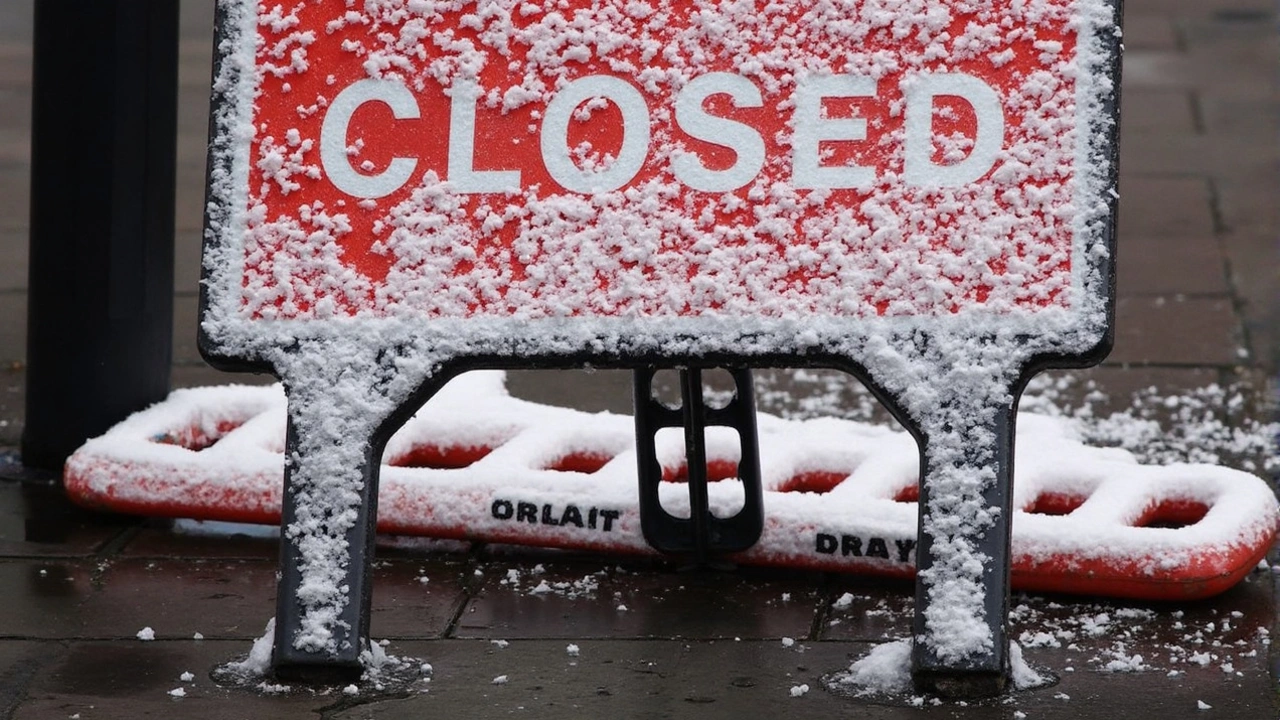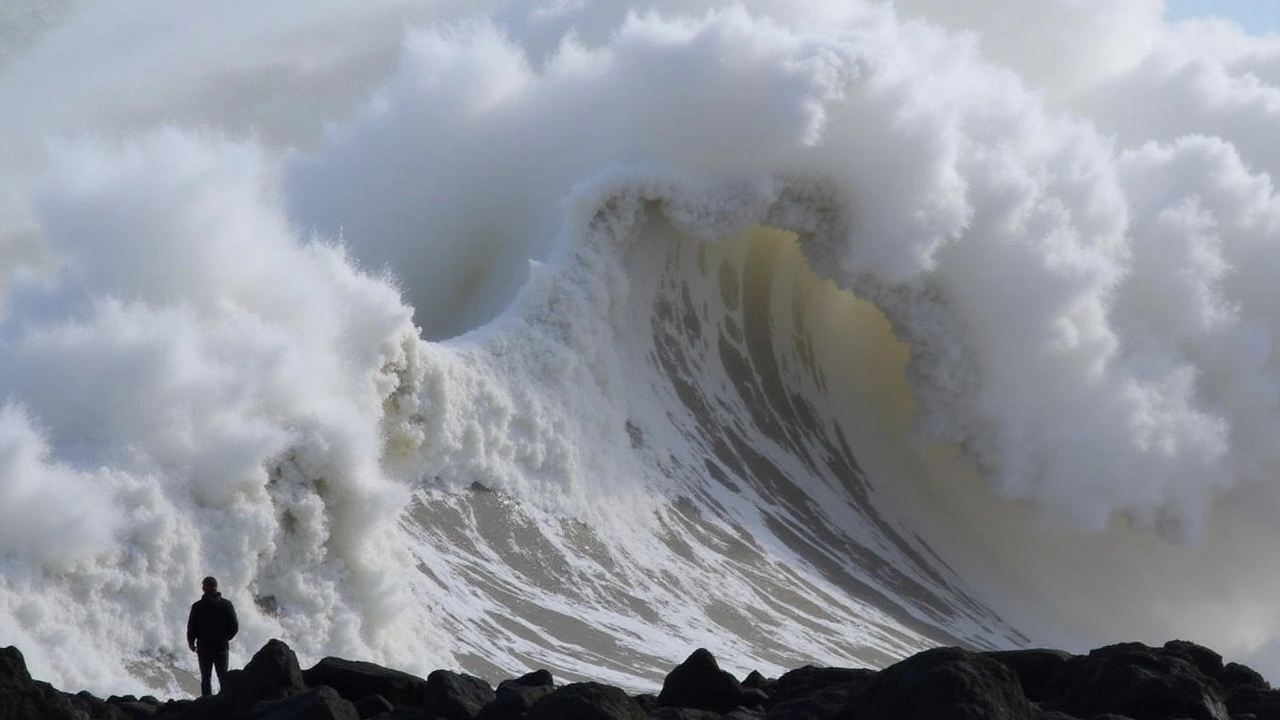Weather Updates that Impact Your Racing
When the sky turns gray, it’s not just about getting wet – it can change the whole vibe of a race. At TrackMaster we pull together the most useful weather info so you can keep riding safe and fast. From fierce storms to icy roads, knowing what’s coming lets you plan smarter, protect your bike, and avoid nasty surprises on the track.
Current UK Weather Alerts
Right now the Met Office is flashing red and amber warnings for Storm Eowyn. Gusts are expected to hit 100 mph in parts of Scotland, while northern England faces snow and ice that could turn a smooth lap into a slip‑and‑slide. The yellow warning for snow and ice over Yorkshire and Newcastle means a few centimetres of snow and dangerous freezing rain on the ground. If you’re heading to a track in these areas, expect delayed start times, possible road closures, and extra safety checks on the surface.
How Weather Shapes Track Safety
Even a mild wet spell can make a track feel like a marble floor. In Kent, officials warned that windy, wet conditions could disrupt traffic and the commute to local circuits. The same kind of disruption shows up when a hurricane drills near the coast. Hurricane Erin, a Category 5 storm, sent winds over 160 mph into the Atlantic and stirred up massive surf along the east coast. While the eye stayed offshore, the storm’s outer bands brought heavy rain and strong gusts that could flood low‑lying paddocks and force event cancellations.
Winter weather adds another layer of risk. The recent yellow snow‑and‑ice warning for northern England predicts 2‑5 cm of snow in higher spots and freezing rain that makes braking zones treacherous. For riders, that means longer braking distances, reduced grip, and a higher chance of a crash if you don’t adjust your line. The UK Health Security Agency even flagged health risks for vulnerable people, a reminder that race crews also need to stay warm and hydrated.
Why does all this matter for motorsports? A sudden wind gust can slap a bike sideways at high speed, while rain reduces tire traction and can hide potholes or debris. Knowing the forecast helps teams set the right tire pressure, choose the correct compound, and decide whether to delay a session. It also lets track officials arrange extra marshals, deploy gravel traps, or close sections that become unsafe.
So what can you do? First, check the Met Office alerts before you head out. If a red warning is in place, consider postponing practice or using a wet‑weather setup. Pack extra layers, waterproof gloves, and a breathable jacket – staying comfortable helps you stay focused. Keep an eye on wind direction; a headwind might improve stability, but a crosswind can push you off the optimal racing line.
Finally, stay connected with your racing club or track’s social media. They’ll post real‑time updates on track conditions, road closures, and any changes to the schedule. A quick glance at the latest weather tweet could be the difference between a smooth session and a costly wipe‑out.
Bottom line: weather isn’t just background noise – it’s a key player in every race. By treating forecasts like a teammate, you’ll ride safer, race smarter, and keep the thrill alive, no matter what the sky throws at you.









